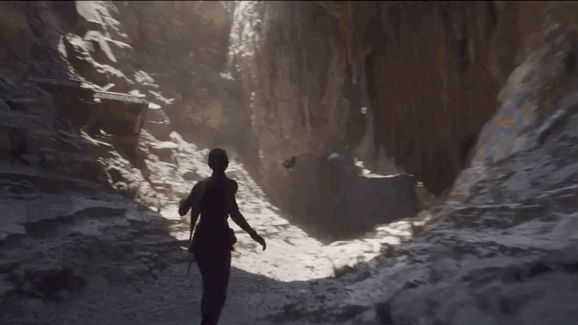
We’ve come to realize the best way to think about virtual production is not as a major breakthrough of any single technology. Instead, we see it as a slow evolution of a number of them that when combined has created an incredible new opportunity for filmmakers.
Unreal Engine and Epic Games embrace of cinematics:
Unreal Engine is an incredible interactive tool that is far too large to fully get into in this humble blog post, but the top level as it pertains to filmmakers is that its, real time (more on that here), free (you can download here), and that Epic has made cinematics a big part of the program (more on that here). I’ll be diving into the program further on the next post.
Photogrammetry and Photo Realistic elements:
The next big advancement is photo realistic scans of real world textures and elements. Using 3D scanning techniques from still photos (called photogrammetry), 3D objects and photo realistic textures are able to be brought into Unreal Engine. This means you can “scan” anything in the real world and bring it into your digital set (here’s a great video on it). Additionally, Epic purchased the premiere high res scan library, Megascans, and made it’s library available to all users, for free. Check out a video about it here.
Digital Tracking in the real world:
The real world/digital world marriage is made possible through the ability to track real world objects and transmit them to the digital set. This means that your camera's movements in the real world are tracked in the digital one. Once you assign your real world camera to a digital one the two “see” the same things in regards to focal length, ISO, etc. That’s a very top level description and we’ll get into a more detailed description later.
Increased Computing/GPU capabilities
The last thing that has made all of this possible is the increase in GPU capability. The real time nature of this tech (not having to wait for the environments to render out any time there’s a change to them) means a pretty heavy computational load, especially when we’re talking about photo realistic worlds. Recent advancements in consumer GPUs means that ray-traced work is possible for moderately powered workstations (more on this in a later blog)
The important thing to remember in all of this is that none of this tech is particularly cost prohibitive. It’s not free, but compared to the costs even 2-3 years ago the advancement is incredible.